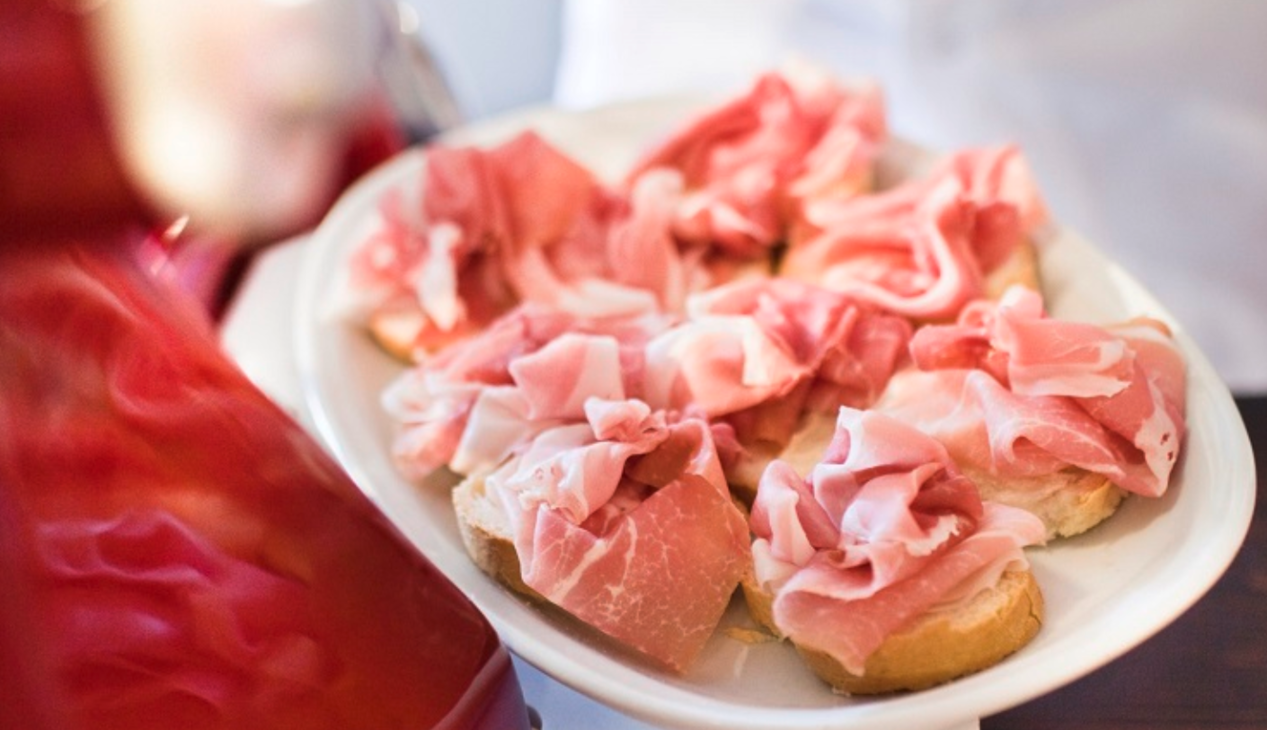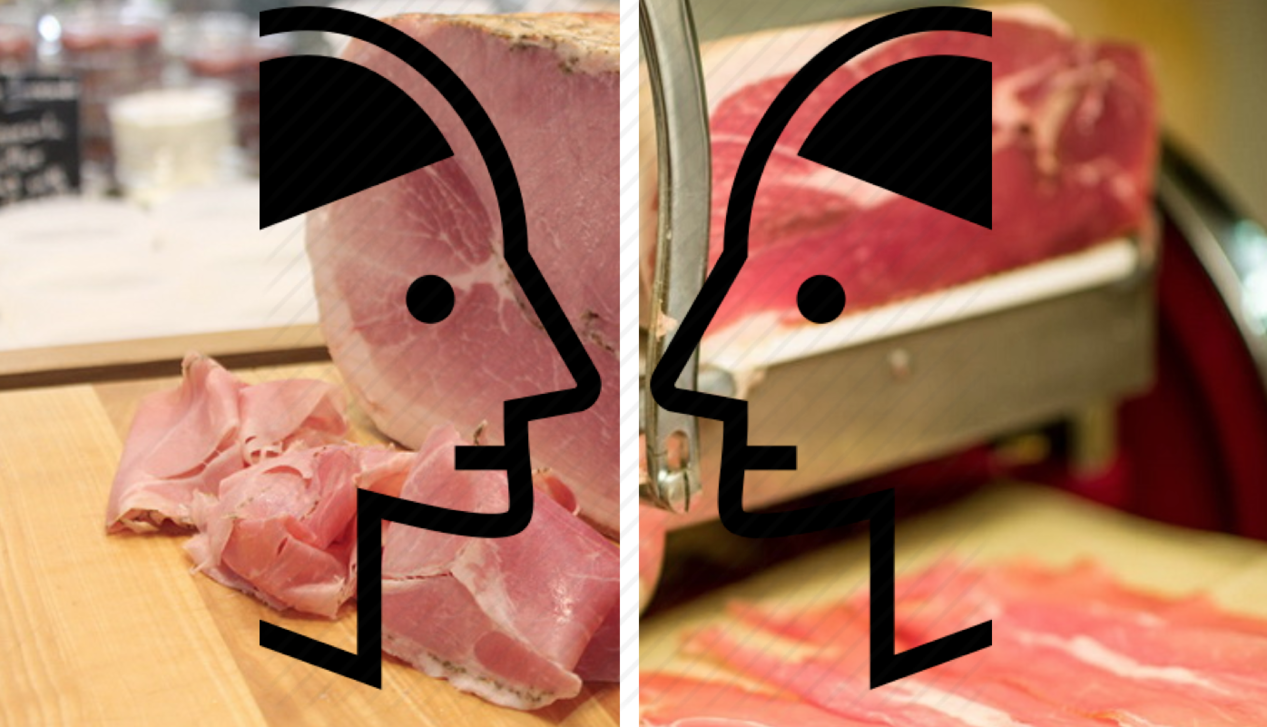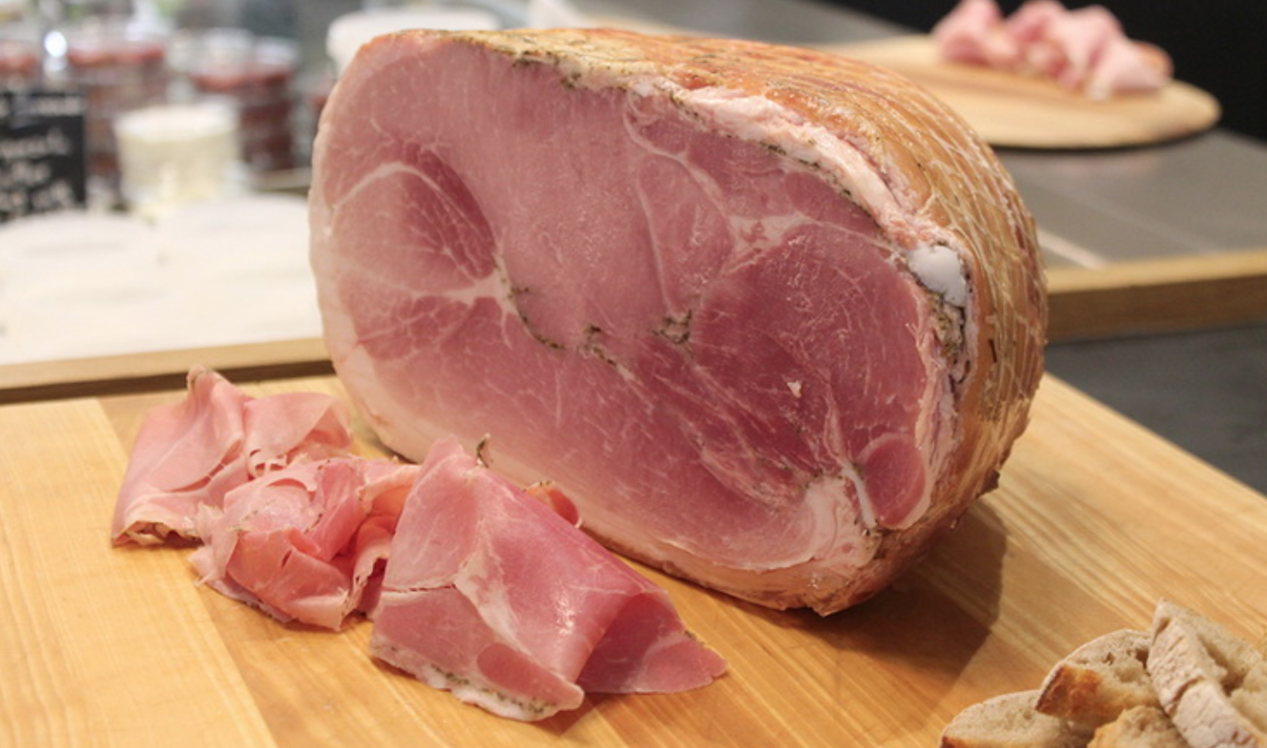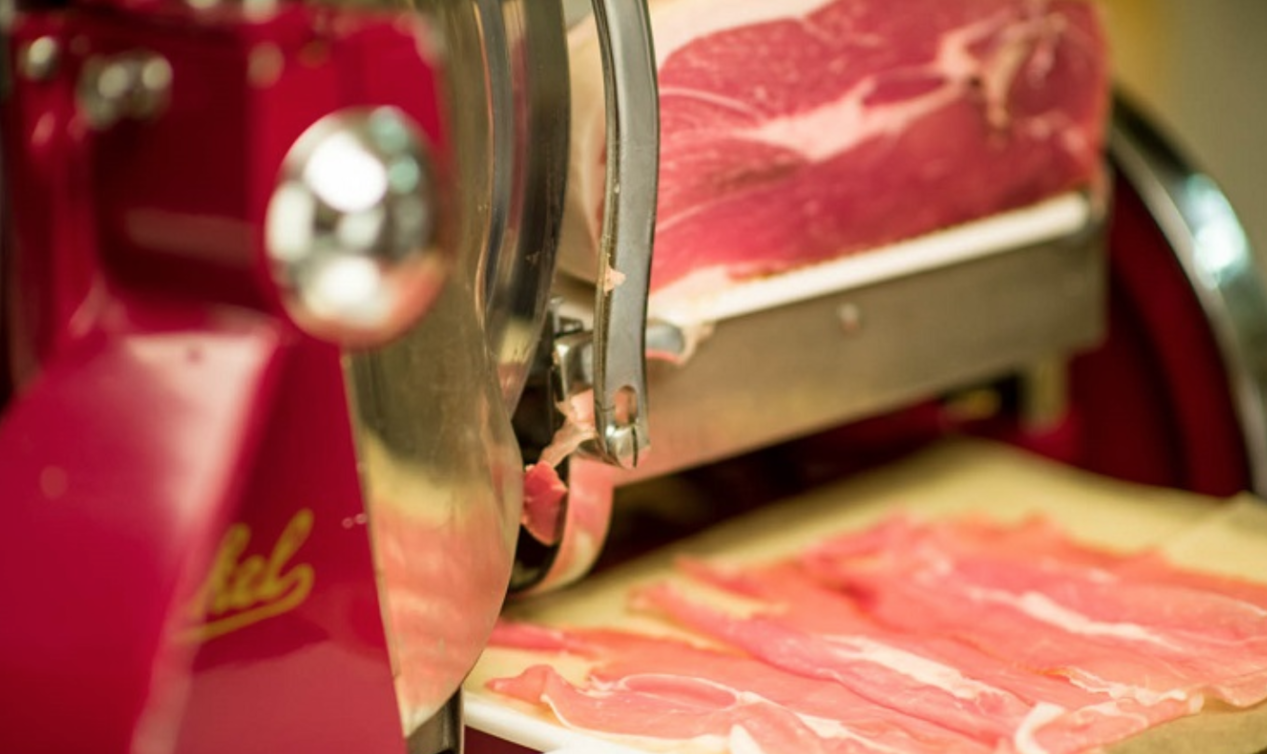Prosciutto: Cotto vs. Crudo
You might have heard of prosciutto before: that rosy, delicate Italian specialty often served on panini, pizza, and more. But did you know that there are many varieties of prosciutto all'italiana?
In Italian, the word prosciutto simply means "ham". However, before you consider believing it's the same as regular deli ham, think again. Italians take their prosciutti very seriously and there are many different types and varieties, from premium prosciutto cotti to the prized Prosciutto di Parma DOP.
Equally delicious, there’s a world of difference between prosciutto cotto and prosciutto crudo. What makes them so different and how should you serve (and eat!) them?
Read on, prosciutto lovers.
PROSCIUTTO COTTO
Prosciutto cotto, or “cooked ham,” is bright pink in color and lighter in flavor than its crudo cousin. This prosciutto is slowly cooked at controlled temperatures, then cut into tender, moist slices. Sometimes prosciutto cotto is seasoned or brined with herbs, spices, and even truffles for an added flavor twist.
HOW TO SERVE IT: Serve prosciutto cotto in a panino or alongside bold cheeses, accompanied by a crisp white wine.
PROSCIUTTO CRUDO
Seasoned and dry-aged to perfection, prosciutto crudo is never cooked (hence the name crudo which means “raw” Italian). It has a deep red color, marbled with streaks of flavorful fat. Each paper-thin slice is delicately sweet yet intensely flavorful. Serving prosciutto crudo in ultra-thin slices is an intentional decision: as you place a slice in your mouth, the fat melts on your tongue, leaving behind an irresistible texture while the lean part offers your palate a sweet, yet salty, flavor.
HOW TO SERVE IT: Serve prosciutto crudo on an antipasto platter with creamy cheeses, fresh fruit, and floral white wine. This type of prosciutto also works well wrapped around grissini (breadsticks) or served with fresh melon in the summer.





































i-Italy
Facebook
Google+
This work may not be reproduced, in whole or in part, without prior written permission.
Questo lavoro non può essere riprodotto, in tutto o in parte, senza permesso scritto.